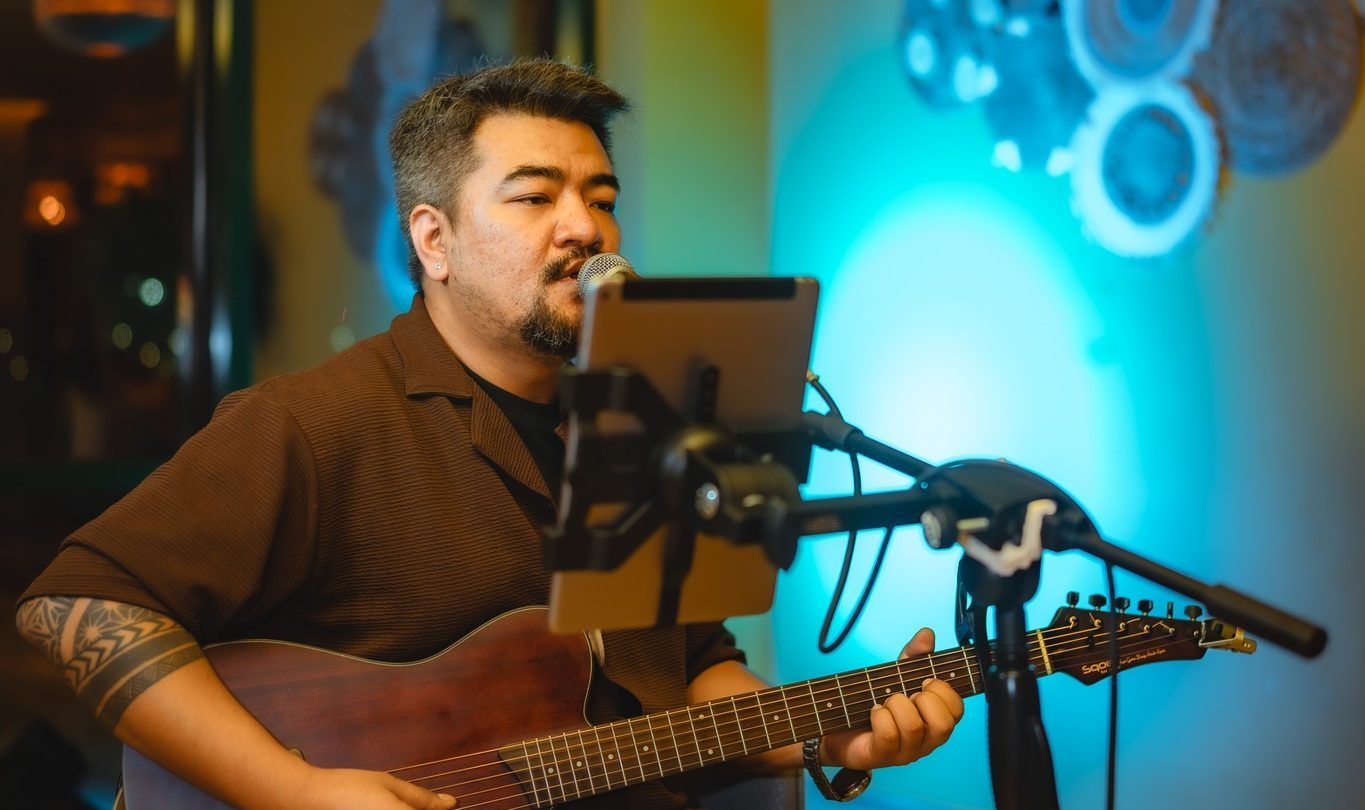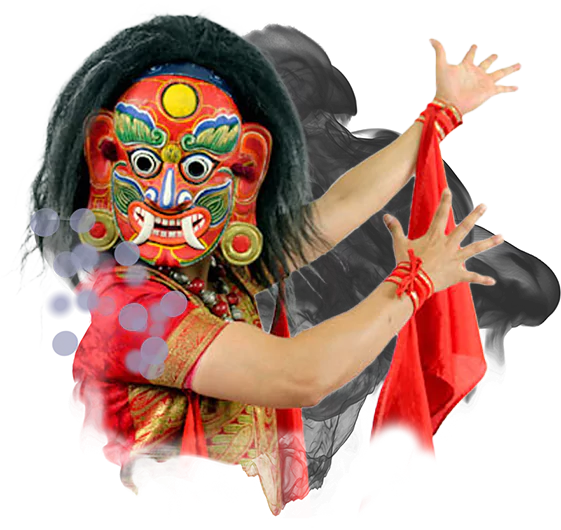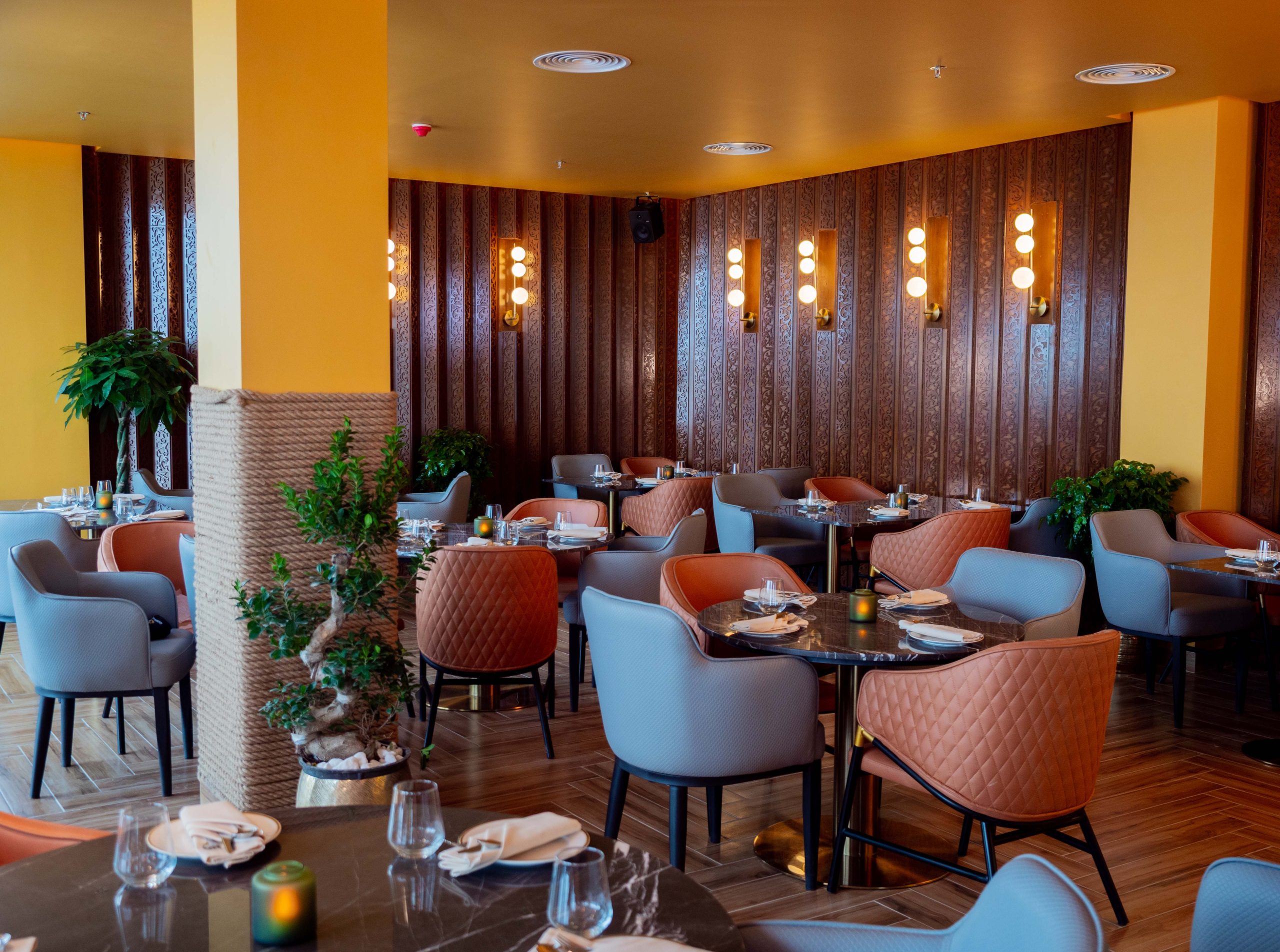

Nepal boasts a rich and diverse tapestry of musical traditions, deeply rooted in its cultural, regional, and historical contexts. From the haunting melodies of the Himalayan flute to the rhythmic beats of the Madal drum, Nepalese music is as varied as the landscapes from which it originates. Whether it’s the devotional chants echoing from temples, the folk songs resonating in rural communities, or the vibrant sounds of contemporary genres in urban centers like Kathmandu, music is an essential part of the Nepalese way of life. It serves not only as entertainment but as a means of storytelling, spiritual expression, and community bonding.
The importance of live music in Nepal cannot be overstated. It is in the live performance that the music transcends its notes and becomes an experience, a shared moment of human connection. Whether it’s a ceremonial event, a community gathering, or a modern-day concert, live music brings people together in a way that recorded music simply can’t. These musical gatherings are not just auditory experiences but multi-sensory events that include dance, costumes, and even food, making them a holistic representation of Nepalese culture.


















